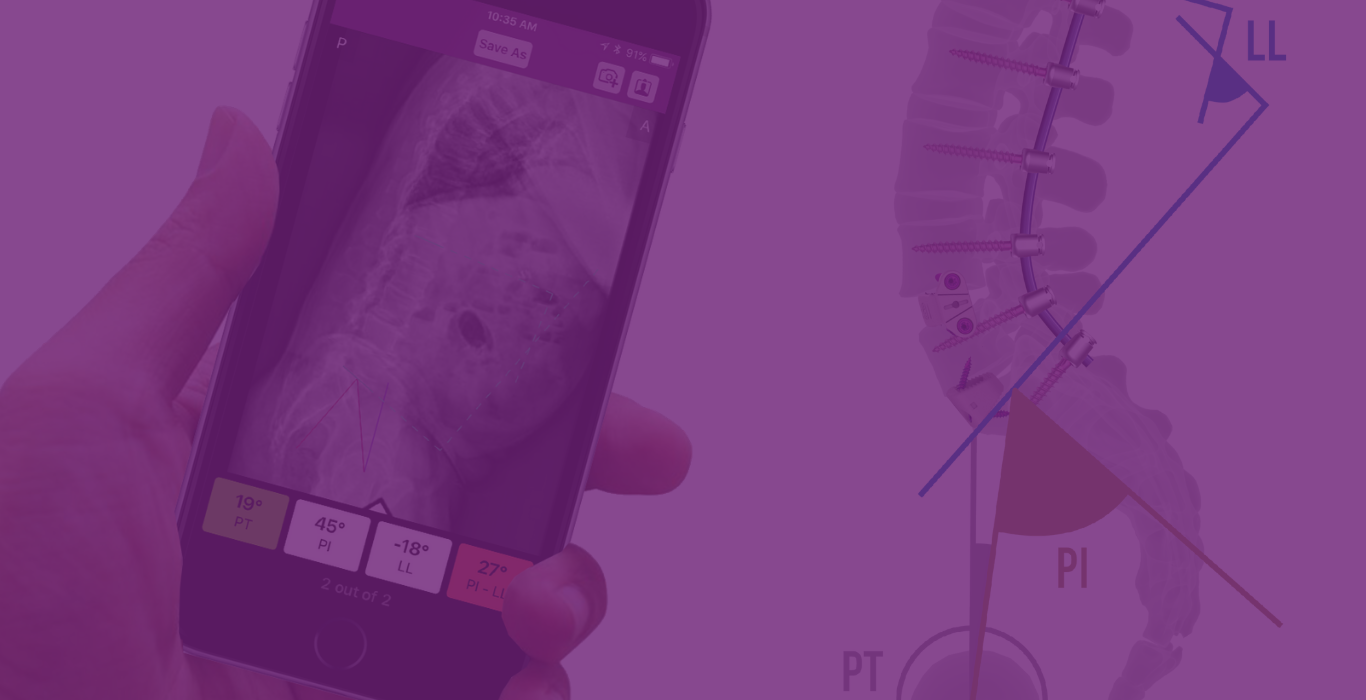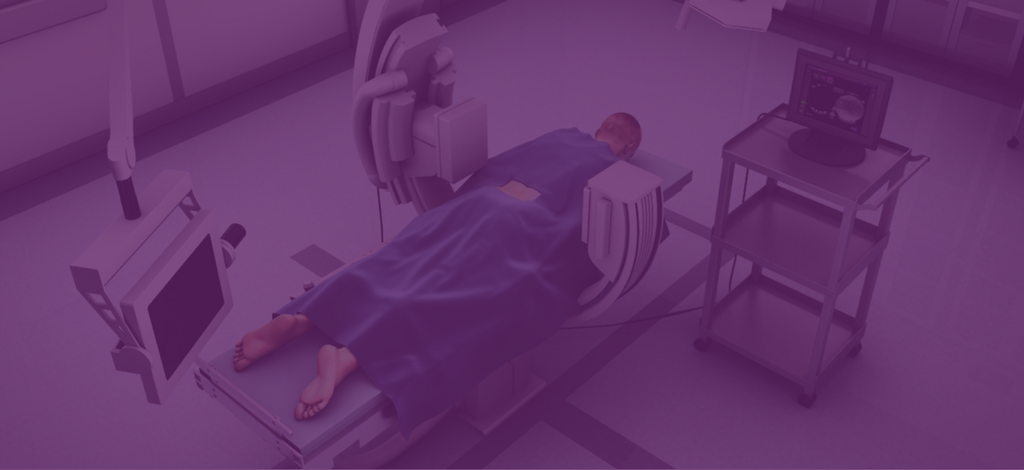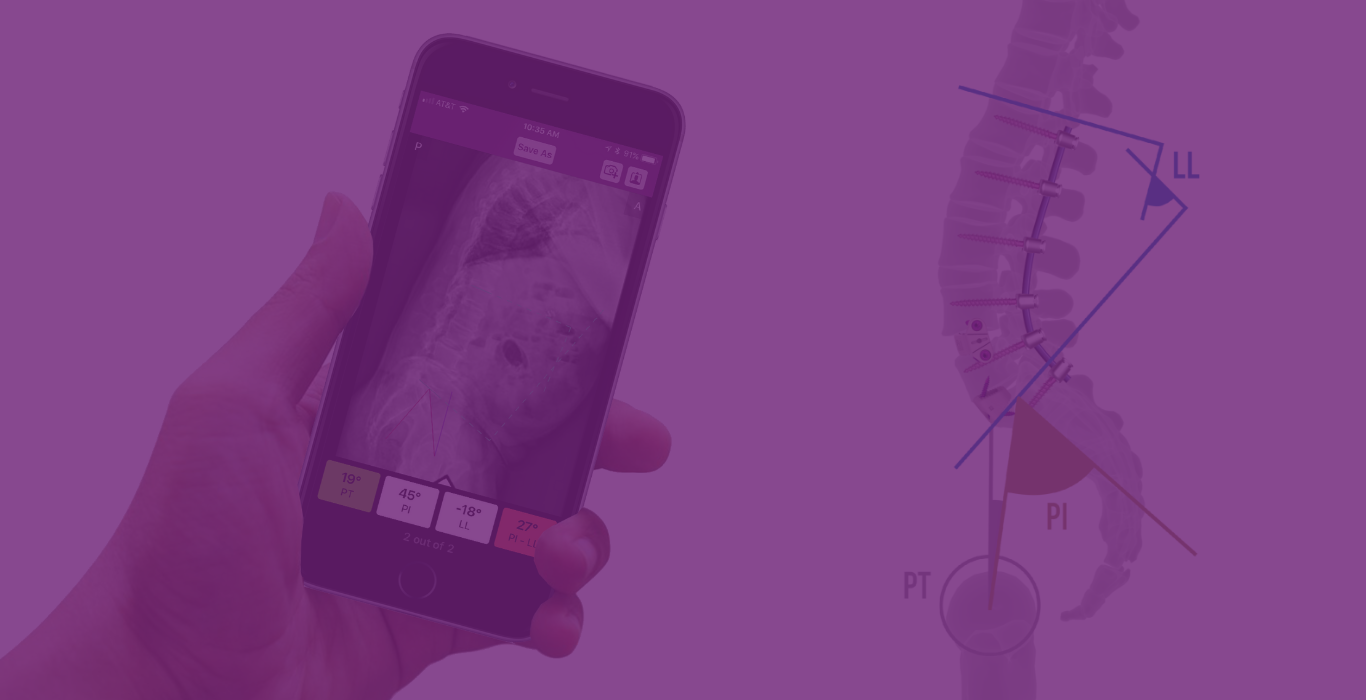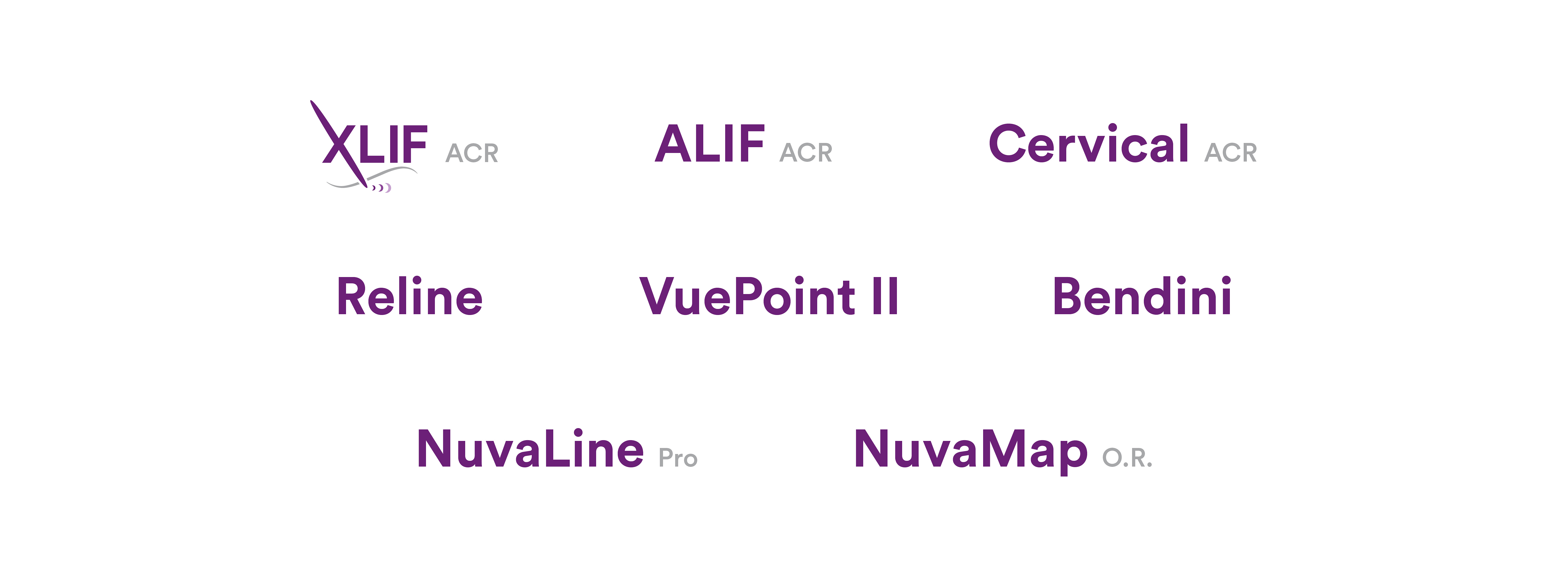iGA®
Integrated Global Alignment® (iGA) is a platform comprised of procedurally based technologies designed to enhance clinical and economic outcomes by increasing the predictability of achieving global alignment in all spinal procedures.
Integrated Global Alignment® (iGA) is a platform comprised of procedurally based technologies designed to enhance clinical and economic outcomes by increasing the predictability of achieving global alignment in all spinal procedures.
NuVasive® is committed to a global approach for assessing, preserving, and restoring spinal alignment in an effort to promote surgical efficiencies, lasting patient outcomes, and improved quality of life. Integration across the surgical workflow allows the surgeon to confidently and reproducibly calculate, correct, and confirm optimal spinal alignment.

NuvaLine ™ pro software preoperatively calculates alignment.

NuVasive delivers comprehensive integrated procedural solutions during surgical intervention, and real-time intraoperative alignment assessment software, NuvaMap O.R.

Helps to confirm preoperative calcuations with postoperative results.
Current and emerging data illustrates a direct correlation between spinal alignment and long-term clinical outcomes.¹ NuVasive is committed to a global approach for assessing, preserving, and restoring spinal alignment in an effort to promote surgical efficiencies and improve patient quality of life.
Learn more about the causes of malalignment, treatment options, and how alignment is addressed during spinal surgery by downloading the patient education brochure.

1. Schwab F, Patel A, Ungar B, et al. Adult spinal deformity – postoperative standing imbalance. Spine 2010;35(25):2224-31.
2. Ames CP, Blondel B, Scheer JK, et al. Cervical radiographical alignment: Comprehensive assessment techniques and potential importance in cervical myelopathy. Spine 2013;38(22S):S149-60.